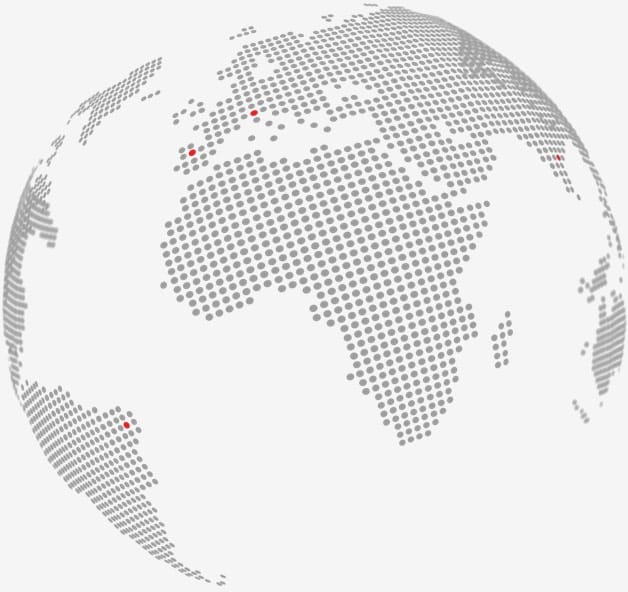Collaborations with universities
25.03.2019
Streparava and the collaboration with universities
The results of the collaboration with universities and research centers
The increasingly accelerated technological evolution requires each OEM to control in parallel several technologies that are progressively increasing. It is natural, therefore, that forms of cooperation between the OEMs themselves and the various players in the automotive supply chain are becoming more and more widespread, in order to reduce the risks and costs derived from controlling the entire range of relevant technologies at the same time.
Developing knowledge while remaining on the frontier of technological development: to achieve this goal Streparava works closely with universities and research centers of primary importance.
In this complex and articulated scenario, the ability of companies to increase their knowledge while remaining constantly updated on the state of the art of technologies is becoming increasingly important.
For this reason, over the years Streparava has been able to organize a network of relationships and collaborations with important universities and research centers, in order to support and develop innovative research and development projects. Thanks to this approach, Streparava has been able to compare itself with the most important experts in the field and to be always aware of the most mature and applicable ideas to processes and products interesting for the company and its customers.
Streparava and University of Brescia
In 2014, Streparava and the University of Brescia worked closely together to fund a research project focused on the possible weight reduction of automotive components to improve vehicle performance and, at the same time, reduce fuel consumption and therefore emissions.
These advantages have recently led to a rapid replacement of conventional alloys (such as steel and cast iron) with low-density materials (such as aluminum alloys). Despite this general trend, the use of steel and cast iron is today still predominant in the production of safety components for commercial vehicles and buses, for which the resistance to loads, very high during the life of the vehicle, is of primary importance.
All the advantages of lightweight
Thanks to the collaboration with the University of Brescia, it has been possible to overcome these limits by deeply studying the lightening of the materials – heat treatments, corrosion, welding, environmental benefit – carefully evaluating the extension of their use to heavier applications, such as those for commercial vehicles and buses.
The analysis began with a study concerning the attitude of several materials for being used to produce structural components where the potential weight reduction has concrete effects on the component and its cost.
Light alloys for heavy-duty applications
Research activities continued focusing on specific materials and technologies, closely integrated with design optimization and the use of advanced production processes.
The first case concerned the Daily QuadTor 50 q aluminum cross beam, leading to a significant weight reduction, together with maintaining safety and performance levels required by the regulations for commercial vehicles. Specifically, it was obtained a weight reduction of 47% compared to the traditional steel sheet production and a considerable increase in resistance to corrosion. The whole study therefore demonstrated the feasibility of using light alloys for “heavy” applications.
A successful partnership
The industrial and academic worlds join forces to get the best possible from future innovative solutions. This advantageous form of collaboration between company and university has allowed Streparava to deepen and validate new aspects, lead the way towards future applied research activities, to the benefit of its customers and their activities.
NEWS
Plant
Presence in the world
With 9 facilities in the world, Streparava produces chassis and powertrain components with an high degree of precision, supplied to the major OEMs for motorcycles, automobiles, buses, industrial and commercial vehicles.
